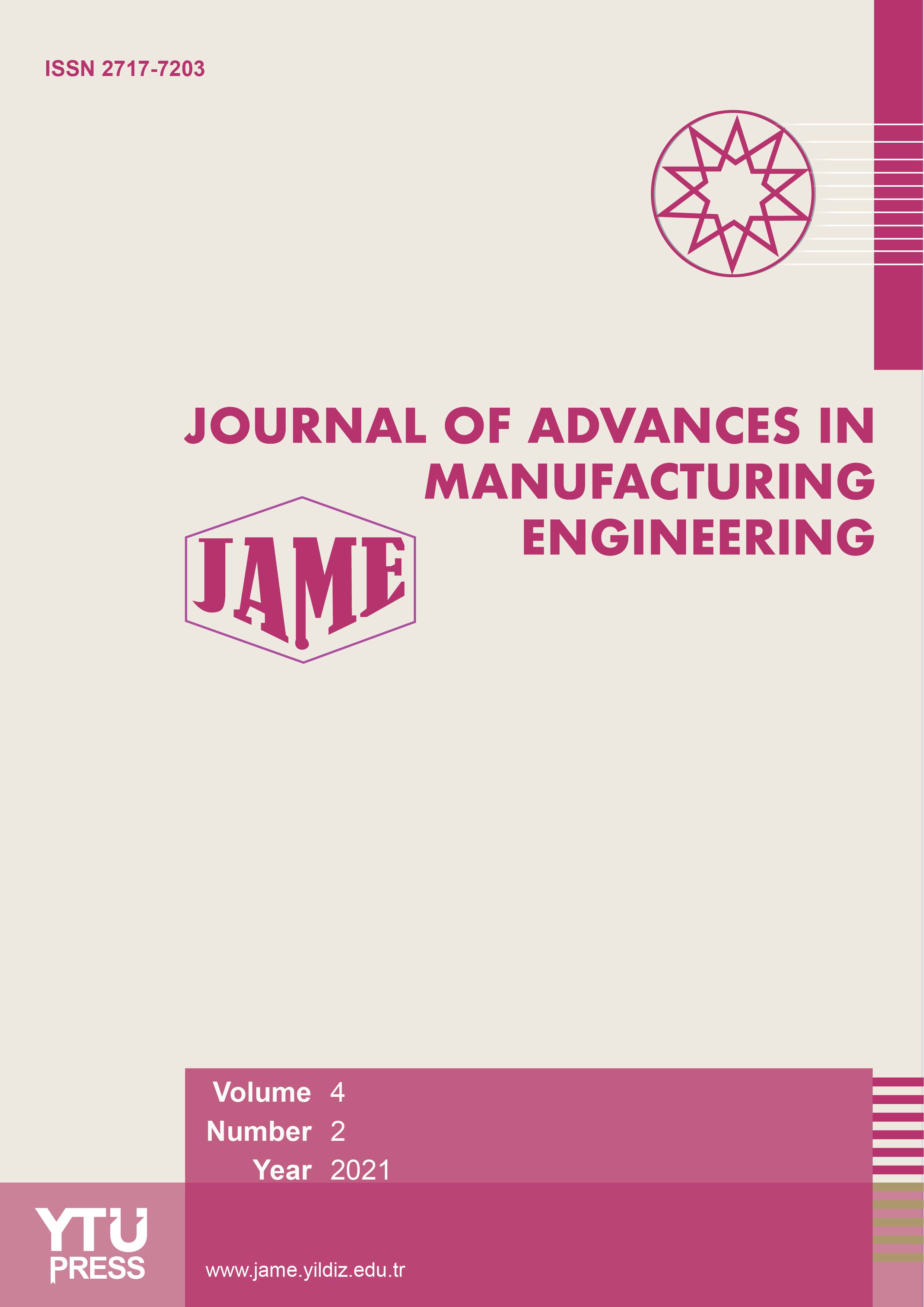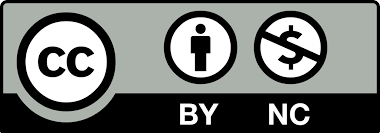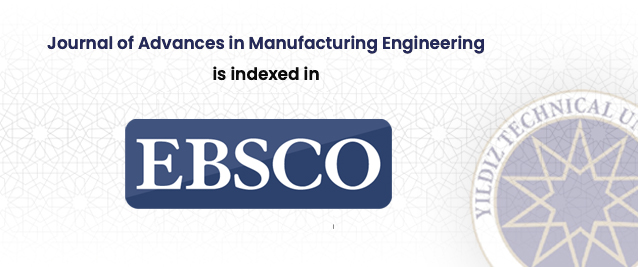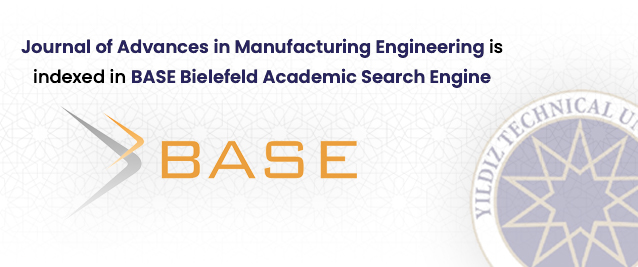2Department of Mechanical Engineering, Manisa Celal Bayar University, Faculty of Engineering and Natural Sciences, Manisa, Türkiye
Abstract
Although additive manufacturing enables the production of near-net-shape geometries, di-mensional accuracy can vary due to both design and process-related factors. Features that exceed the critical overhang angle may suffer unavoidable distortions, even with support structures. To ensure dimensional precision—particularly in critical hole features—it is often preferable to fabricate the main structure without holes and subsequently perform drilling as a secondary machining operation. Moreover, additively manufactured parts are increasingly used as core layers in sandwich structures assembled with rivets, further highlighting the im-portance of post-process drilling. This study investigates the effect of shell layer count on the drilling performance of PC/ABS parts fabricated using the Material Extrusion (MEX) meth-od. Samples with three different shell layer counts and 50% infill were produced, and drilling operations were carried out at varying feed rates and spindle speeds. Surface roughness of the printed plates was measured using a profilometer, while hole diameters and cylindricity were assessed via a coordinate measuring machine (CMM). Delamination was evaluated through stereomicroscope imaging. The results indicate that shell layer count does not have a signifi-cant effect on surface roughness for the top and lateralsurfaces—except for Rz on the lateral surface, where a statistically significant difference was observed. Hole diameter deviation in-creases with feed rate and decreases with spindle speed, with no significant correlation to shell count. Cylindricity deteriorates at higher feed rates, while spindle speed and shell count show no consistent effects. Delamination remained low for 4 and 8 shell layers but increased notably at 12. Based on the findings, employing 4 or 8 shell layers and performing drilling at a feed rate of 50 mm/min and spindle speed of 1200 rpm is recommended for optimal results.














